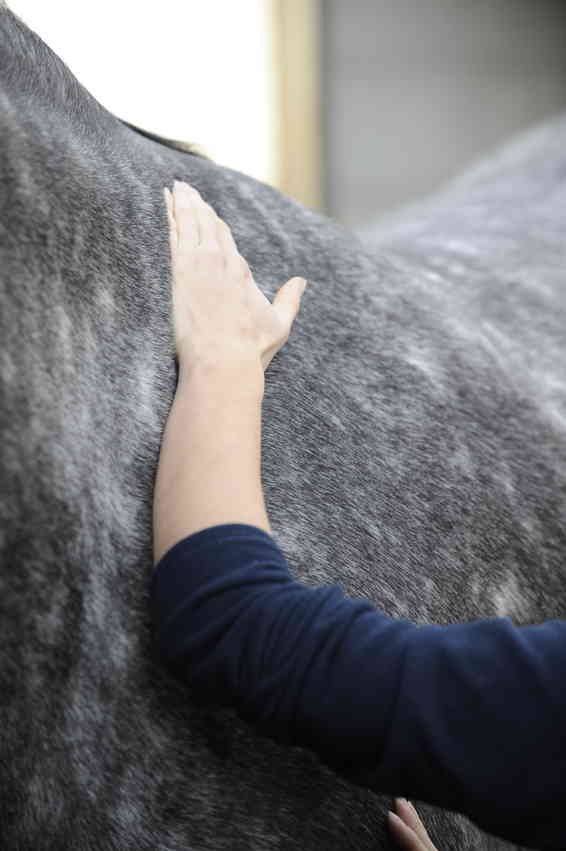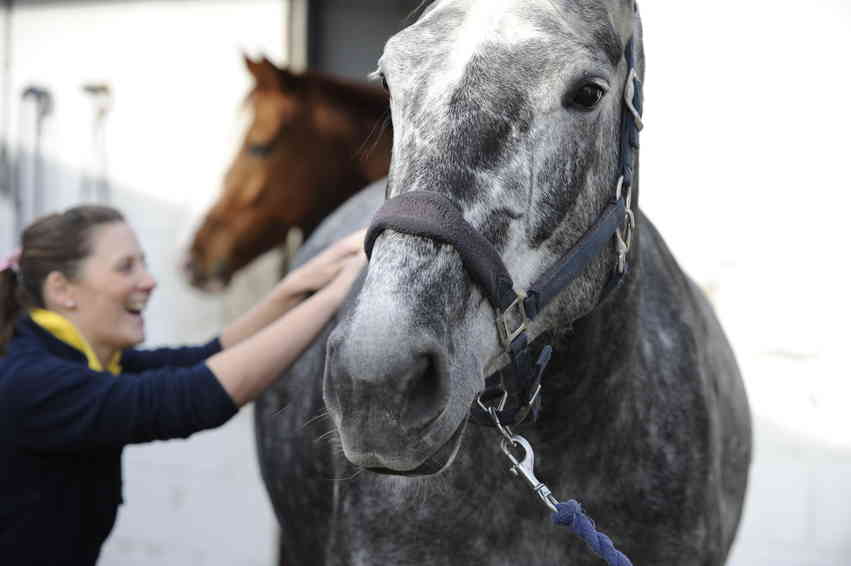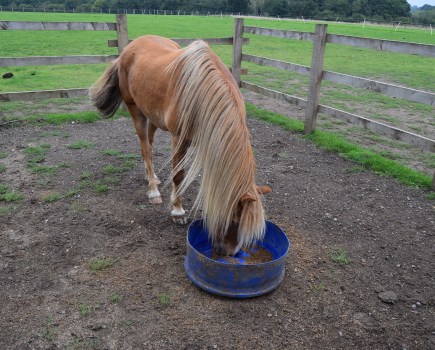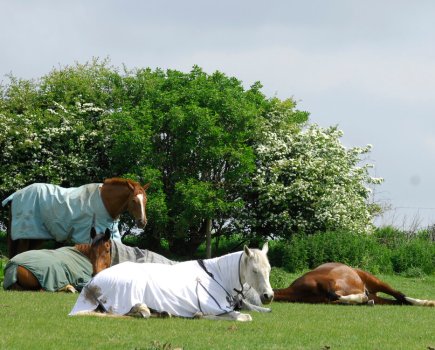Massaging your horse might not be at the top of your list when you’re not regularly riding or competing in winter, but your horse will definitely still appreciate it!
Here we get advice from Eleanor Frost, an equine sports massage therapist based in Nottingham.
 When should I massage my horse?
When should I massage my horse?
Anytime is good to massage your horse! The most effective way is to integrate some techniques into your everyday routine with him, such as when bringing in at night. If your horse is in light work, practise massage once or twice a week. If his workload is more demanding, he’s likely to benefit from a daily session.
Why should I massage my horse?
Massaging pre-exercise stimulates circulation to prepare the horse for athletic activity. It doesn’t replace a correctly timed warm-up and stretch protocol, but assists in delivering more blood, oxygen and nutrients to muscle fibers and is valuable prior to saddling up.
After riding, a massage can help to loosen his his muscles and generate blood circulation, which will in turn reduce stiffness and a loss of flexibility.
How do I do it?
Before you saddle up:
A stimulating movement, such as vibrations (use your fingertips and a small amount of pressure to create a quivering motion), can be performed briskly and purposefully on any fleshy part of your horse (just not over bone). Start off gently and gradually increase pressure and rhythm.
Try this after riding:
- Follow the lines of his coat and use deep strokes to encourage drainage
- Use a gliding movement with the fingers, palm and hand and in full contact with his body
- Use both hands individually or at the same time
- Use even pressure throughout, taking care of bony areas such as the shoulder and point of the hip
- Do this for about 20 minutes
Additional extras
The use of a solarium facility could also be considered as a pre-requisite and follow-up to massage. Heat energy penetrates the skin and works to affect the underlying muscle and tissue, stimulating blood circulation and subsequent muscle elasticity. Increased metabolic activity ensues and a higher demand for oxygen and capillary dilation. This assists in delivering new healing nutrients to tight or injured areas and would work effectively with massage therapy.









